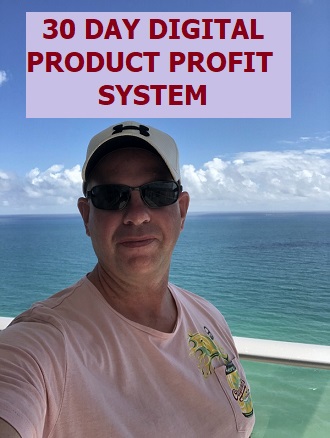One of the more passionate debates out there today in the web marketing and e-commerce space is around the value of content given the frequent changes in the search engines.
Just a few short years ago it seemed the more content (regardless of quality) you posted, the more traffic you would get to your website…that went for articles, blog posts, videos, forum links…you name it, you typically received traffic.
However, things have changed…
1. Google has tightened its ranking criteria so that many types of content that previously ranked highly in the SERP’S no longer ranks as highly, the result being that many people saw traffic levels decline from 30-70% almost overnight.
2. At the same time, competition online has increased both in terms of sheer numbers as well as the size and money being thrown behind some very large businesses entering the content marketplace making it tougher to get attention with your content
No wonder, in this environment, many people have become jaded and nixed the idea altogether than content was king.
In fact, I know dozes of people who have exited online marketing altogether, others who have moved to completely different business models, and still others that have moved their budgets/time away from content creation to paid advertising giving up hope their content can compete.
Yet, there are new content-fueled businesses gaining traction, so how are they doing it?
Our own information marketing businesses have never been stronger and I haven’t paid significant sums for advertising in nearly 6-years choosing to focus almost entirely on content as the basis for my information marketing purposes.  We share many of the day-to-day tips inside InfoMarketer’sZone.
The Big Picture – Content Is Still King
One of the techniques I use to keep up with the latest and greatest techniques for online marketing is to constantly be watching the top sites and digging to find out why they are successful.
Often I find ways to network with these industry leaders and figure out their hidden secrets.
One thing I started to notice about 1-year ago is how a set of very successful marketers were strategically combining offline marketing (talks, seminars, networking events) with online content creation and wide sharing via social bookmarking and social networking.
The first guy I really started to watch was Gary Vaynerchuck who brilliantly began with content creation through his Wine Library TV video blog, moved to offline publishing, extended that with speaking engagements and networking events that, in-turn, fueled his content creation.
Suddenly content creation was an automatic piece of a very effective process that led to Millions of dollars for Gary and near overnight celebrity status coming from absolutely nowhere (Ok, New Jersey, but that really is like nowhere isn’t it 🙂
 I came across a recent post from Duct Tape Marketing author John Jantsch who put this process into perspective with this diagram (note – I borrowed this from John’s post, make sure you visit his blog and read the post in its entirety)
I came across a recent post from Duct Tape Marketing author John Jantsch who put this process into perspective with this diagram (note – I borrowed this from John’s post, make sure you visit his blog and read the post in its entirety)
What’s brilliant about this diagram is the concept that content should not be done in isolation but is much more effective when it is a) Shared through social bookmarking and networking an b) is closely coupled with offline networking where publicity and participation go hand-in-hand to make your content massively effective.
My online add to this is understanding that a significant amount of networking can be done online today through webinars, conference calls, virtual seminars, Youtube or Ustream groups, Twitter and Facebook subscribers and so on where you can also achieve the dual objectives of publicity along with terrific input that leads to more great content.
What is especially powerful about this model is that you gain huge strategic advantage in your marketplace by being engaged with your market directly…your content becomes more relevant with more emotional attachment tapping into greater desire which means a stronger bond between you and your market.
So, done properly, it looks like content really still is king?


